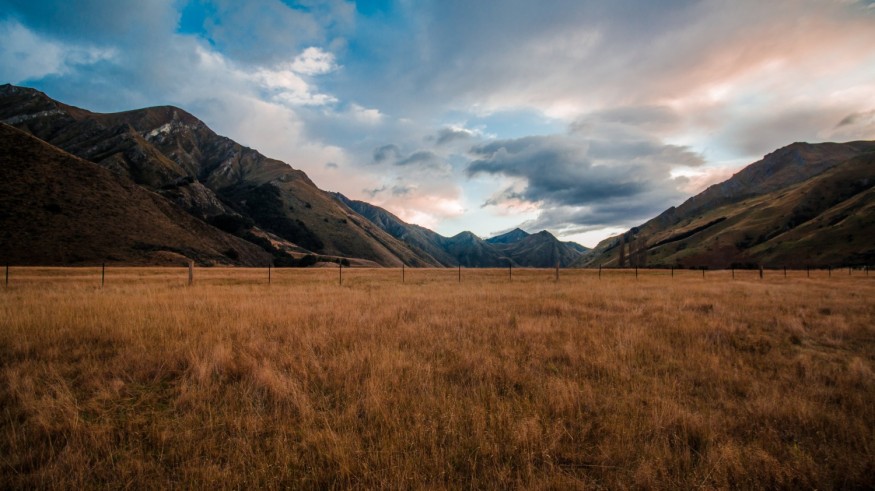
Scientists had come up with an unusual method to restore the prairie: reintroduce the bison, a vicious herbivore, to it.
Once upon a time, the United States is covered with prairie, otherwise known to us as grassland. However, at the start of the 20th century, when the economy began to flourish, these oceans of green or golden grass was converted to either agricultural or commercial land.
Now, less than 15 percent of these grasslands have remained all over the United States. According to World Wildlife Fund (WWF), the bigger portion of the Great Plains was converted to agricultural land when compared to the Amazon Forest, which is known as the "lungs of the earth."
The Hairy Ally
Bison is a huge beast in which diet is primarily plain grasses. Reintroducing it to prairie might be counterproductive, especially since they often come with a huge herd.
However, scientists are sure that these herds will actually help them achieve their goal of restoring the grasslands for a simple reason: prairie used to flourish along with this unusual hairy ally.
Ecologist Holly Jones of Northern Illinois University described the bison as an "ecosystem engineer" because of their impact on an ecosystem, primarily because they are a selective eater.
Unlike other cattle species, bison prefers to eat grass more than anything, which assists the growth of wildflowers, said Jones.
Bison also has a behavior of rolling on the ground called "wallowing." When the ground compressed due to its weight, it can provide shelter for ground-nesting birds and insects. It might also become a temporary pond when the rain comes and becomes a home for amphibians like frogs.
And lastly, the excretion of the bison can provide nutrients for the plants, and their hove prints can help circulate the oxygen on the land, which is good for growing plants.
Restoring grassland through setting it on fire?
But their biggest benefit is probably the practice of so-called fire grazing -- a practice which involves gathering on newly-burnt patches of grass.
According to Jones, freshly grown grasses on the burnt patches are highly nutritious, and that's why herds of bison gather there because they are aware of it.
The scientists believe that it is a good practice as it creates diverse patchworks of long and short grass. By doing so, it can cater to different plants and animals, depending on their requirements for suitable environment to grow.
Before, grass fire happens only during a lightning storm, but scientists are now purportedly setting some dried grasslands on fire in order to redirect bison to graze on certain areas. This method is called "pyric herbivory."
The Nature Conservancy, a US-based conservation group, has been working on restoring Nachusa Grasslands since 1986. Yearly, the organization is burning half of the 1,500 acres grassland available to bison by rotation.
Although people might find it alarming due to the carbon emission, Jones claimed that the grass kept their carbon underground, making it "resilient" to things like wildfire.
But it is not just the solution...
Ever since it purchased the 3,500-acre Nachusa Grasslands in Illinois, the Nature Conservancy has introduced various methods to restore it, starting on planting native plants. But it was not until five years ago when they introduced 110 bison to one-third of the prairie.
Although the group has been seeing positive changes even if the experimentation is still young, experts claimed that reintroducing the bison is not always the solution to restoring other prairies. Bison need a large space to roam, and confining them on small areas can be counterproductive.
But Elizabeth Bach, an ecologist of the Nature Conservancy, still remained hopeful that the way bison uses its habitat can provide diversity for a healthier ecosystem.
© 2025 NatureWorldNews.com All rights reserved. Do not reproduce without permission.





